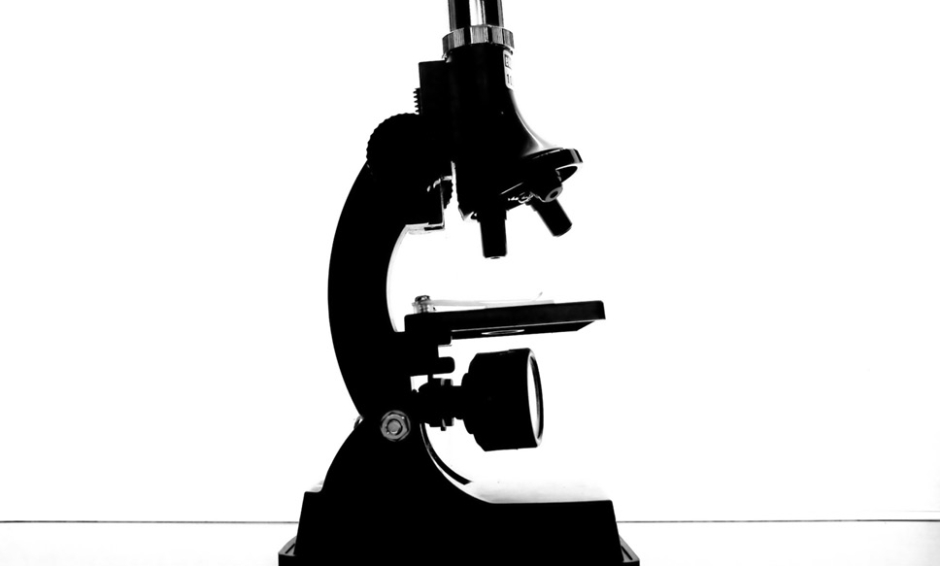GROUNDBREAKING research by an American team has revealed a successful method of restoring damaged organs using a single small chip. This breakthrough in regenerative medicine involves gene delivery in mere seconds and could pave the way for the restoration of entire organs by a noninvasive technique, greatly enhancing the prognosis of patients with a variety of different conditions.
The study involved the creation of a small chip designed to transport DNA or RNA to cells, initiating structural and functional alterations that are needed to heal the organ. More specifically, the chip delivers the DNA or RNA by through the skin by utilising what the authors describe as a: “Highly intense and focussed electric field through arrayed nanochannels.” It is via these nanochannels that the genetic material is transferred to the cell and reprogramming can then begin. Commenting on the simplicity of the method, the joint study leader, Dr Chandan Sen, Centre for Regenerative Medicine and Cell Based Therapies, Ohio State University, Columbus, Ohio, USA, explained: “It takes just a fraction of a second. You simply touch the chip to the wounded area, then remove it. At that point, the cell reprogramming begins.”
When testing the device in mice with impaired blood flow, the researchers found that the chip successfully transformed mice skin cells into vascular cells, improving blood flow in the legs of the mice after just 1 week. After a second week, the skin cells had transformed into functional blood vessels and the injured legs were fully healed by Week 3. During a second set of investigations, the researchers observed the potential of the chip in stroke treatment, using the device to create brain cells from mice skin cells. These newly obtained brain cells were transplanted into the area around a blocked middle cerebral artery, replacing the cells which were damaged by the blockage and successfully restoring the function of the brain.
The researchers emphasised that this novel device focusses on single cells and functions noninvasively, setting it apart from other in vivo transfection technologies, which often cause serious side effects. Since this technique provides a simple, noninvasive method of converting skin cells into any organ in a matter of seconds and has currently shown 98% efficacy, the scientists are hoping to progress the device into human clinical trials within a year.
(Image: freeimages.com)








